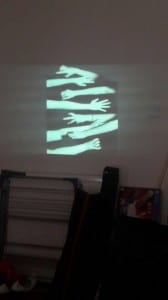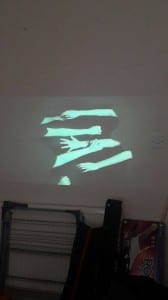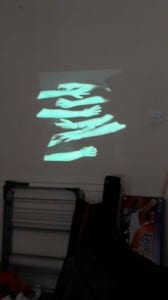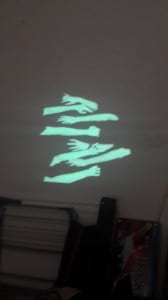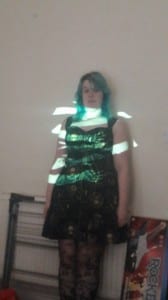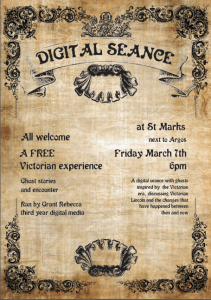To build the premise for the Seance, I decided to base the character around a time period, and have the 2 talk about the changes between now and then. Not only does this open up an educational aspect to the piece, but also widens the audience that the piece can reach. The time period I decided on was the Victorian Era, as this would be the easiest aesthetic to re-create during the exhibition, and in the costume of the Ghost itself. The time period also has links to the occult through popular artwork and literature at the time.
From this, my research lead me to a character that the actor could represent. Henry K Hebb was a member of the Lincoln council, and worked on different aspects of Lincoln’s development. His personal history with the city made him the ideal candidate for my script. Through his own experiences, and the developments that happened during this era in Lincoln worked as a strong basis for the crux of the piece. Further research revealed that his Father was once the Mayor of Lincoln, adding another avenue to my work.
However, research into Hebb did not yield any results in the form of photos or pictures of him. These would have helped establish him as a real person, further justifying his presence. Counter to this, not showing Hebb’s face broadened the range of actors that could be used, as they did not have to resemble Hebb himself.
Research into the time period was conducted online, and in a book about Lincoln’s history written by Sir Francis Hill. This information gave more of an insight into Lincoln’s past, of which the script could be based upon. This research was built upon with images, both past and present, to show how Lincoln was back then, and how it has changed to how it is now.
From this, it was decided that the Seance itself would be pre-recorded. This allows for the script to be practised and rehearsed before the final recording, limiting the possibility of human error. As the character is a true person, the information about them would have to be factual. This is easier to control in a pre-recorded film, as the script can be researched thoroughly before recording.
The main draw of the live recording was audience interaction. However, as a true character, research would need to be conducted to answer the questions asked, unless the actor was very well versed in Lincoln;s Victorian history. Even so, it would be impossible to pre-prepare for all the possible questions that could be asked. Although research to answer questions could be done on the fly, this would not appear natural, and break the illusion that the actor is truly Henry K Hebb. As this is not possible, a pre-recorded version has been opted for, as this limits the range of technical failures that may occur.
